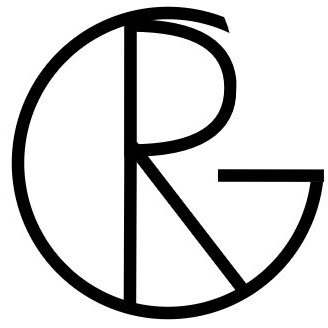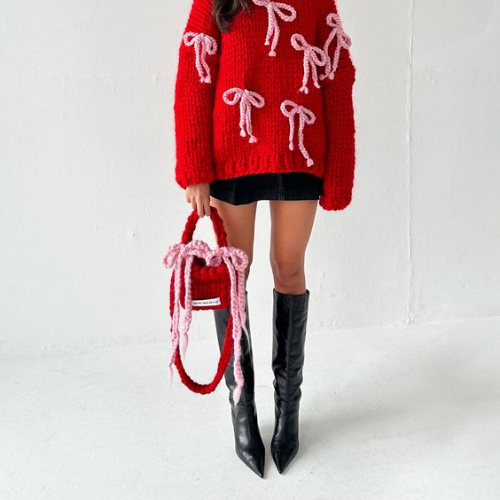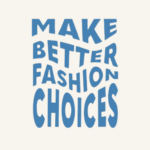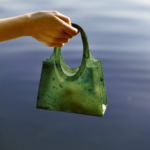In our fast-paced world, fashion trends come and go faster than ever. One moment, we’re all captivated by cargo pants and crop tops, and the next, bows are everywhere.
In the era of social media dominance, it seems like we are bombarded with new styles every week and are pressured to make new and often unnecessary purchases. Advertisements, influencers, and clothing hauls push us toward the next trendy item, contributing to the overwhelming influence of social media on our consumption habits.
The intensity of this societal pressure is staggering, and it stands as a key factor behind the spiraling nature of our consumption habits. Social media not only dictates what’s in vogue but also creates a sense of urgency and FOMO – fear of missing out – driving us to consume more than we truly need.
But, although significant, it is not the only reason for the increase in consumption. The rise of fast fashion brands intensifies this phenomenon. These brands have mastered the art of streamlining their production processes, enabling them to swiftly adapt to emerging trends while keeping production costs at an all-time low. The rapid turnover of fashion items, facilitated by these brands, fuels the constant production of new styles at the lowest price point, adding to the cycle of consumption that has become synonymous with today’s fashion landscape.
Over the years, we have witnessed an increase in consumption, with the average number of clothes skyrocketing by 60% from 2000 to 2014. This surge reached a significant milestone in 2014 when production surpassed 100 billion garments for the first time – a number that has not come down since.
While there was a brief dip during the COVID-19 pandemic, consumption bounced back, maintaining an upward trajectory. As we navigate through the years, this trend appears relentless, with expectations pointing to the global fashion market reaching 167.50 billion USD by 2030. To put this in perspective, the same market was valued at 93.66 billion USD in 2022, underscoring the exponential growth in the fashion industry.
As we get closer to 2030, projections indicate that our consumption will reach new heightened levels – bringing with it significant challenges.
The Cost of Consumerism in the Fashion Industry
So it is clear: we are consuming more fashion than ever while simultaneously paying less and less for it – but are we really?
Not if we look at the environmental and social cost of the fashion industry. As our closets bulge with the latest fashion, we find ourselves grappling with the harsh realities of climate change, environmental degradation, and unethical treatment of workers.
According to a report from the Hot and Cool Institute, the fashion industry not only contributes to around 4% of global carbon emissions but also emerges as a major polluter, releasing chemicals into water waste and generating substantial production-related waste. The industry’s excessive water usage, reaching a staggering 79 billion cubic meters annually, raises environmental concerns, especially amid a global water shortage. To put it into perspective, Curobe highlights that the water utilized in the production of a single pair of jeans is sufficient to sustain one person for ten years.
Beyond its environmental impact, the fashion industry carries a significant social cost, with its pursuit of trends often leading to exploitative labor practices in economically disadvantaged areas. Curobe highlights the unequal wealth distribution, pointing out that developing countries serve as low-cost production hubs while profits are secured in Western markets, further widening the wealth gap.
Fashion Overconsumption: The Rule of Five
However, in this era of overconsumption, we see a wave of consciousness emerging. In the past year, we have seen a significant shift in consumer behavior in relation to sustainability. Concepts like the capsule wardrobe and slow living are gaining popularity, urging individuals to adopt a more intentional and sustainable approach to their choices.
Yet, these concepts, while admirable, may not be enough. The critical need of the hour is a drastic reduction in our overall consumption. But how much is considered reasonable?
The Hot and Cool Institute sought to answer this question, and their findings are nothing short of eye-opening. According to their report, to keep the fashion industry within its carbon budget and prevent a global temperature increase of more than 1.5 degrees Celsius, individuals are urged to limit their annual clothing purchases to just five pieces.
Yes, you read it right – five pieces.
This limit includes everything from tops to shoes and bags. Only small items like underwear, socks, and accessories do not count.
It is a number that might catch you off guard, especially considering that the average consumption of clothing in 2021 was 16.7 units per person globally. This amount challenges our perceived notions about our clothing habits.
Even if we opt for sustainable brands, we can not escape the reality that creating environmentally friendly clothing still demands energy resources. According to the Hot and Cool Institute, these five pieces even include second-hand pieces – even though they have a lower impact – because it is difficult to work out what the actual footprint is. As Lewis Akenji, one of the report’s lead authors, tells Vogue’s Emily Chan, “There’s no fixed time after [which] we call it second-hand; it’s the change of ownership [which] tells us nothing about the longevity of the product itself.”

So, are you still comfortably seated in your chair?
This reality check shows we must reevaluate our consumption habits and embrace a more conscious approach. The rule of five is shocking, but it also shows how bad our consumption actually is.
It is a call to prioritize quality over quantity, to invest in pieces that withstand fleeting trends, and most of all, to not give in to mindless consumption.
Sources
- Fashion Revolution – Overconsumption in the Fashion Industry
- Fashion United – Global Fashion Industry Statistics
- Kings Research – Fast Fashion Market
- Hot and Cool Institute
- Global Fashion Agenda – The Pulse of the Fashion Industry 2017
- Curobe – A History of Consumerism and Our Fashion Consumption
- Vogue – I Only Bought 5 Items Of Clothing This Year. Here’s What I Learned
All pictures link to their source, and all credits go to the rightful owners.
The header picture is my own.





